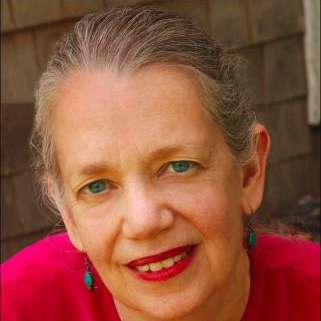In physics, particle velocity is the speed of a subatomic particle in a medium, like a sound wave. The speed of a particle varies from that of a wave: whilst a sound wave, for example, moves in one direction and relatively quickly, particles ‘oscillate around their original position with a relatively small velocity’. This description is not a bad one for the performance by the Leeds-based Phoenix Dance Theatre held at the Linbury Studio this past 19 November.
The programme presented four pieces from ten to twenty-three minutes in length. Each piece was a short study on interaction – from the extremely personal to the cosmic and metaphysical. The dancers did indeed oscillate around each other, within the dazzling medium of music ranging from early twentieth-century impressionism to bluesy mid-century American popular songs and today’s contemporary sounds of Vinz, a Neapolitan composer and performer working in London.
The first piece, All Alight, was choreographed in 2012 by Richard Alston for Phoenix Dance Theatre. It is set to Ravel’s lovely Sonata for Violin and Cello (1922), and the London audience was especially lucky to have the duo of Benedict Holland and Jennifer Langridge playing upstage right of the dancers. There is always something more intimate and engaging about having musicians onstage during a dance concert, and the duo’s placement became a part of the dancers’ movement, although they were simply playing in a set area behind the dancers. The choreography was very Alston: classical ballet-based, symmetric, and lyrical. The dancers formed linear combinations of four to one. The second movement (marked Très Vif) was thrillingly danced by Carmen Vazquez Marfil and Sam Vaherlehto, its movement motif returning to quick flicks of the foot. The pas de trois of the Lento movement was based on the lunge in fourth position, and deep pliés in second. There were no lifts in the piece, only entanglements.
There is something Ravel-like about Vinz’s music for Ki, choreographed by Jose Agudo, its dynamic, building repetitions are reminiscent of Bolero, as is its single melodic phrase. The women in the audience gazed in wonder at the electrifyingly athletic body of gymnast-turned-dancer Josh Wille, as he rose from the deep breaths of the piece’s opening – his muscles defined like a Michelangelo painting under the sharp overhead lights. As he moved slowly across the stage he took on gestures of martial arts or boxing – with the body slightly curved in on itself. At one point he became the apex of the human figure – standing – as he reached toward the sky.
The darkly humorous pas de deux, Tender Crazy Love, between dancers Sandrine Monin and Phil Sanger turned classical ballet's romance into a grappling love combat. Choreographed by Douglas Thorpe to popular songs soaked with despair, such as Al Green’s How Can You End a Broken Heart and Nancy Sinatra’s Bang Bang (He Shot Me Down), Tender Crazy Love, was a sobering look at love gone wrong, that takes place in the elastic world of the physical. The dancers gave their most in a dance that confined them mostly to a tight embrace.
The ending dance, Repetition of Change, was choreographed by the company’s current Artistic Director, Sharon Watson, to music by Kenneth Hesketh. The entire new music ensemble Psappha was visible but slightly stage right of the dancers. The music, like the dance, had an oddly sci-fi quality about it, only the electronic sound of the theremin was missing. The choreography had a similar tone, with the dancers dressed in short black circular tunics, and a splash of starry lighting across the darkened stage. A white silk parachute took on the aspects first of a linear trail or boundary stretched across the stage floor, then a robe trailing outward from dancer Phil Sanger, and finally into the drapings of a tent-like altar. The dancing throughout was well achieved and interesting, the dancers top-notch.


